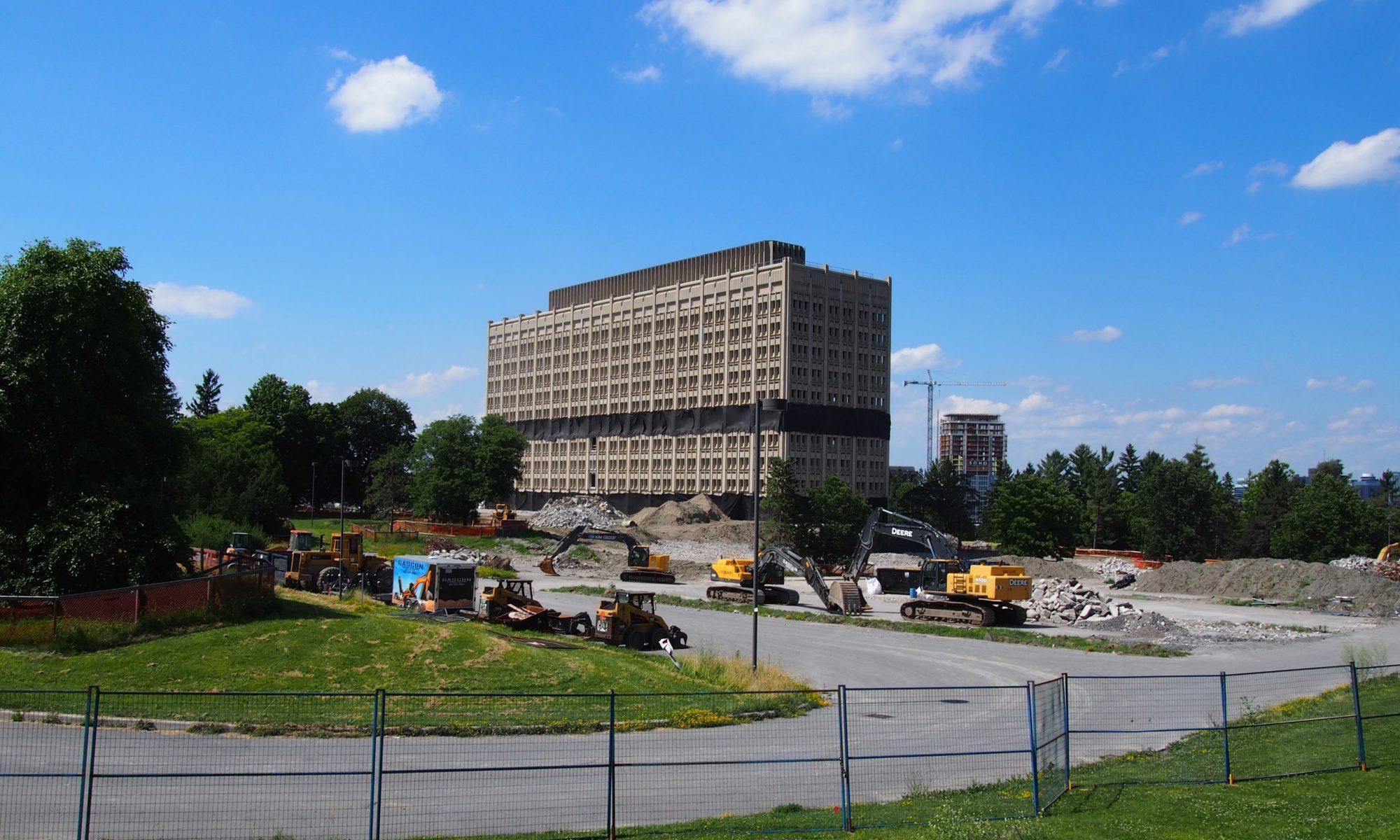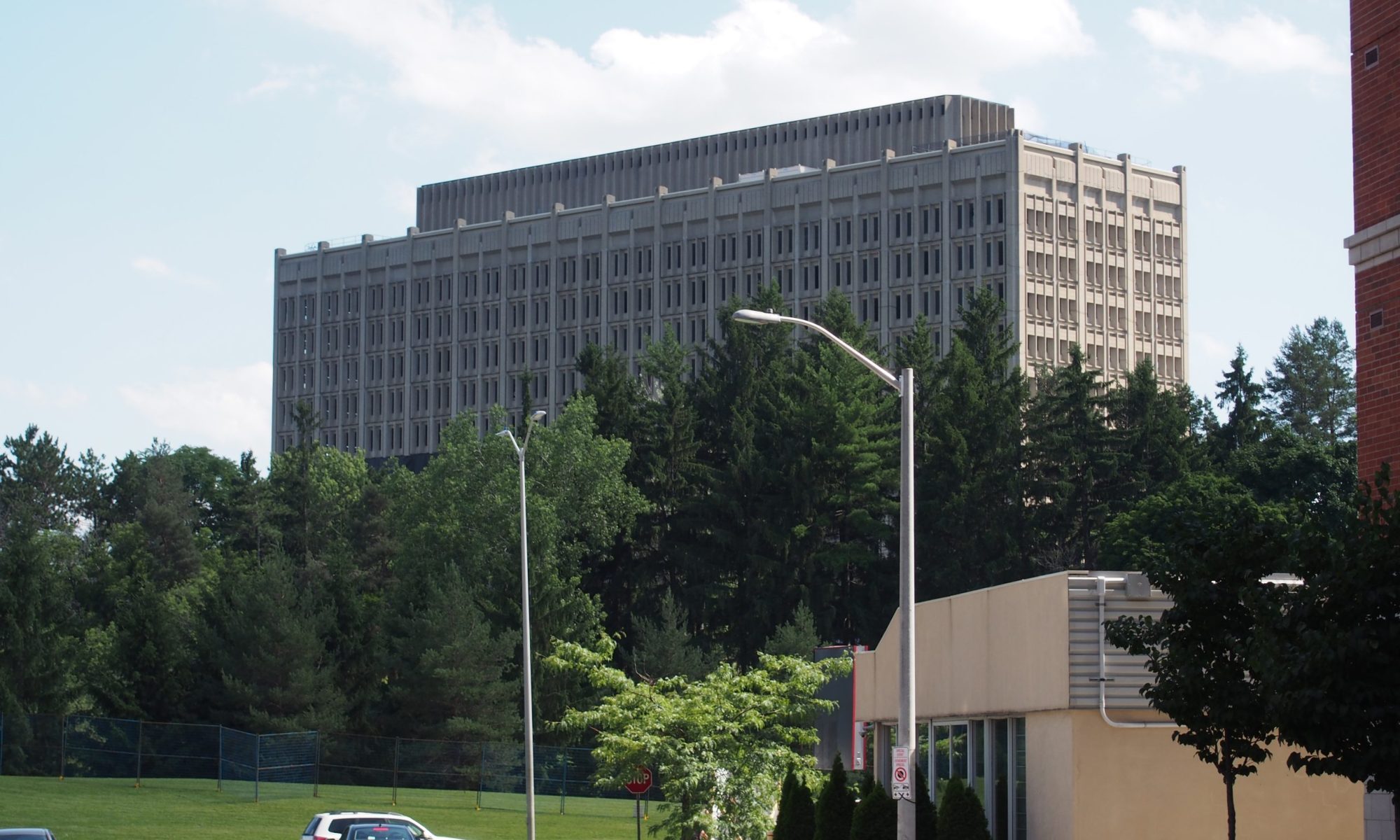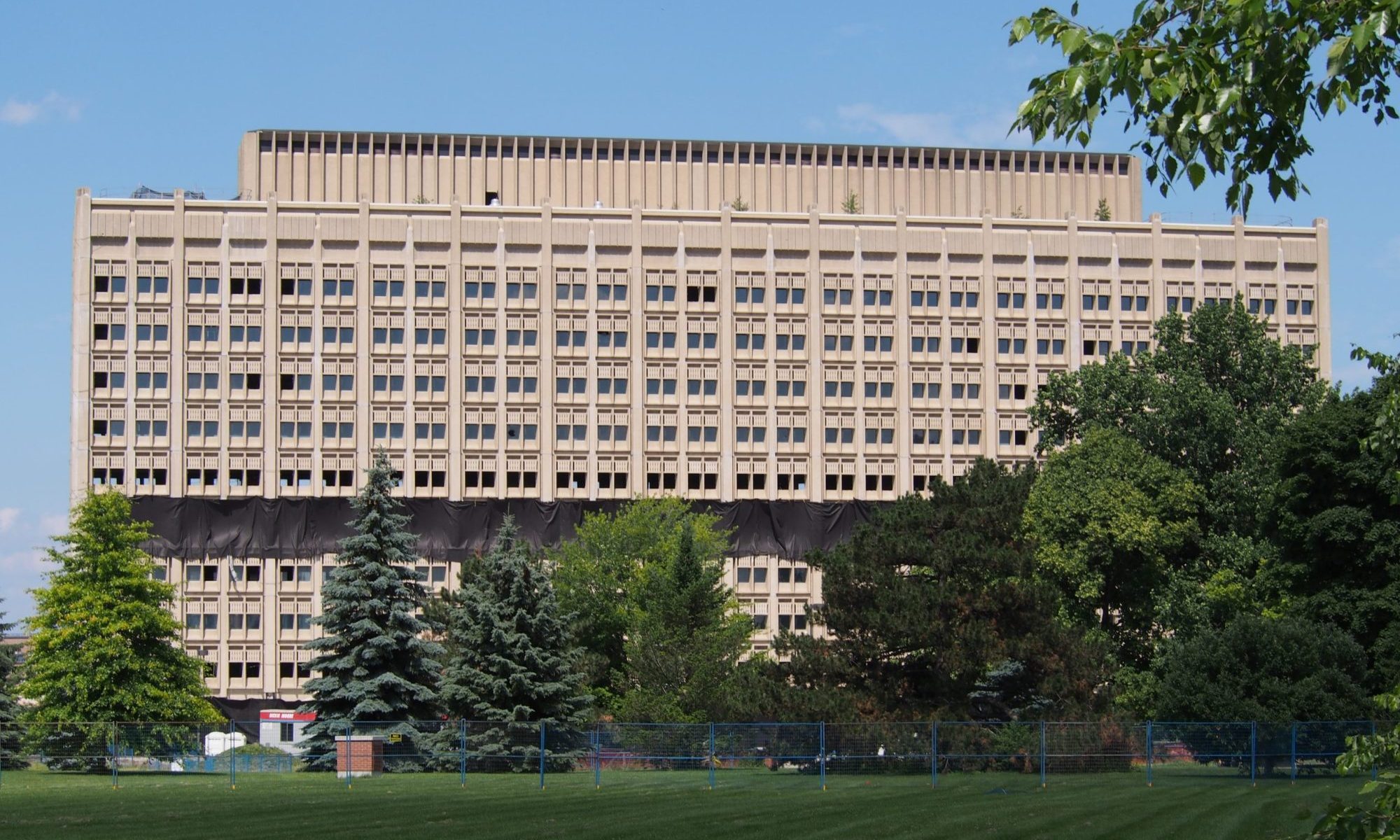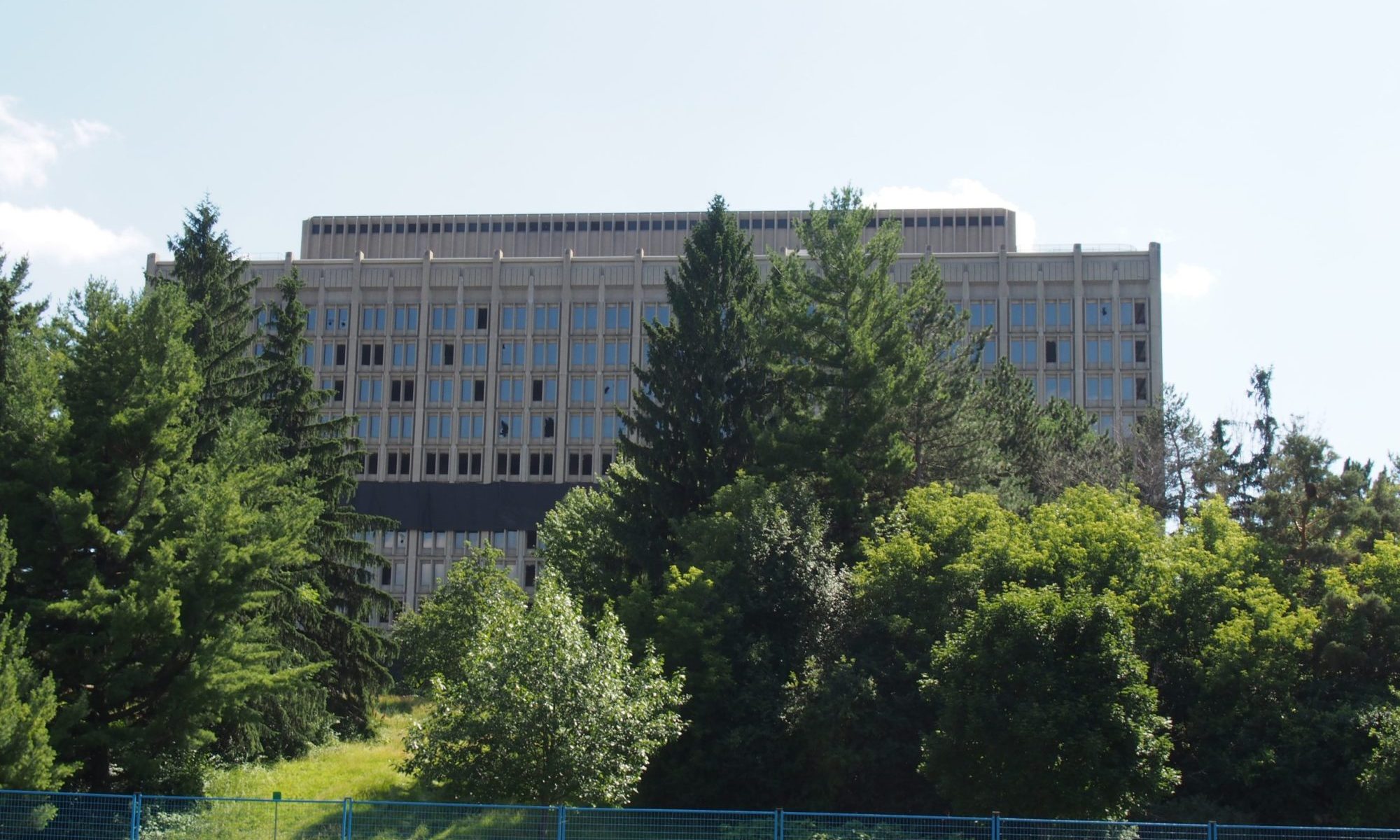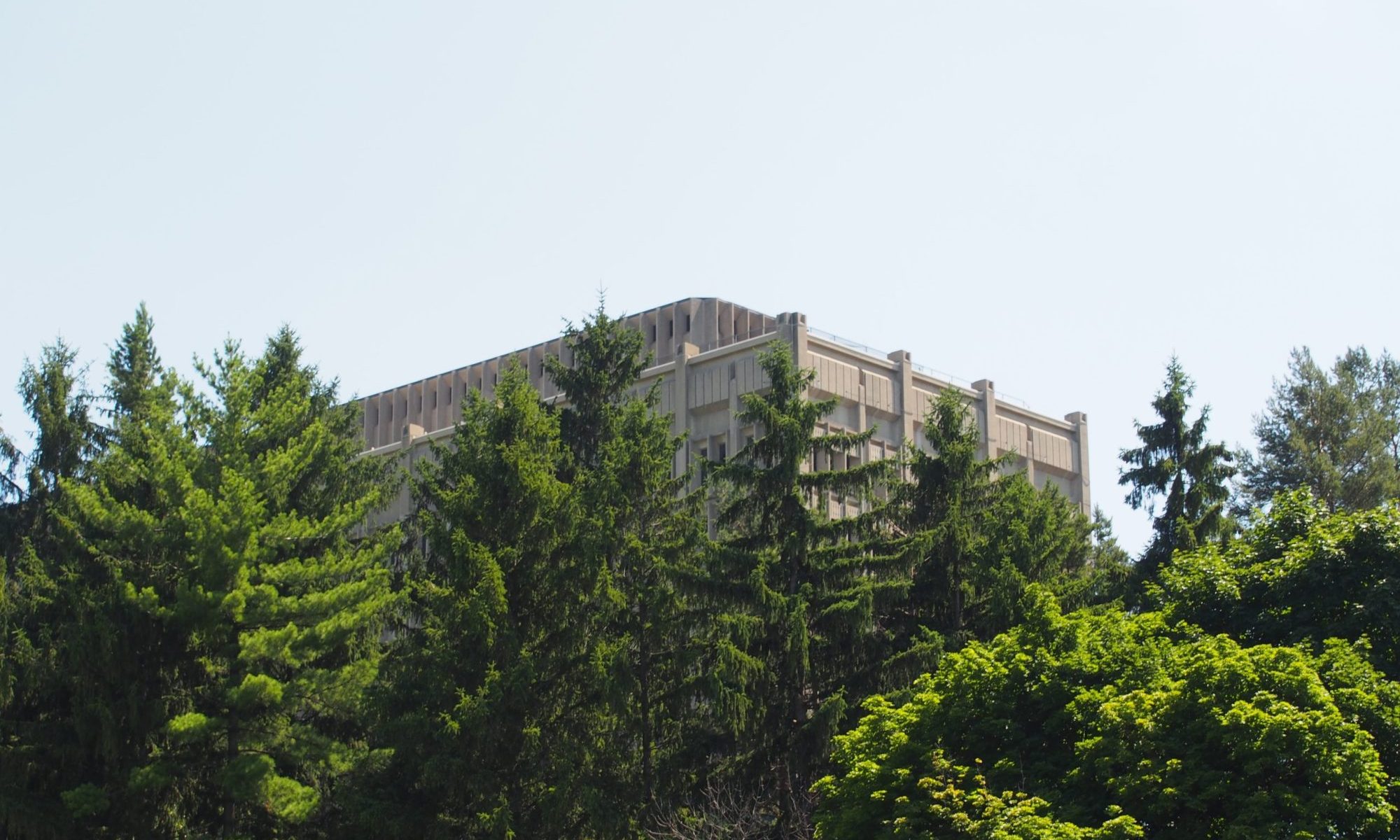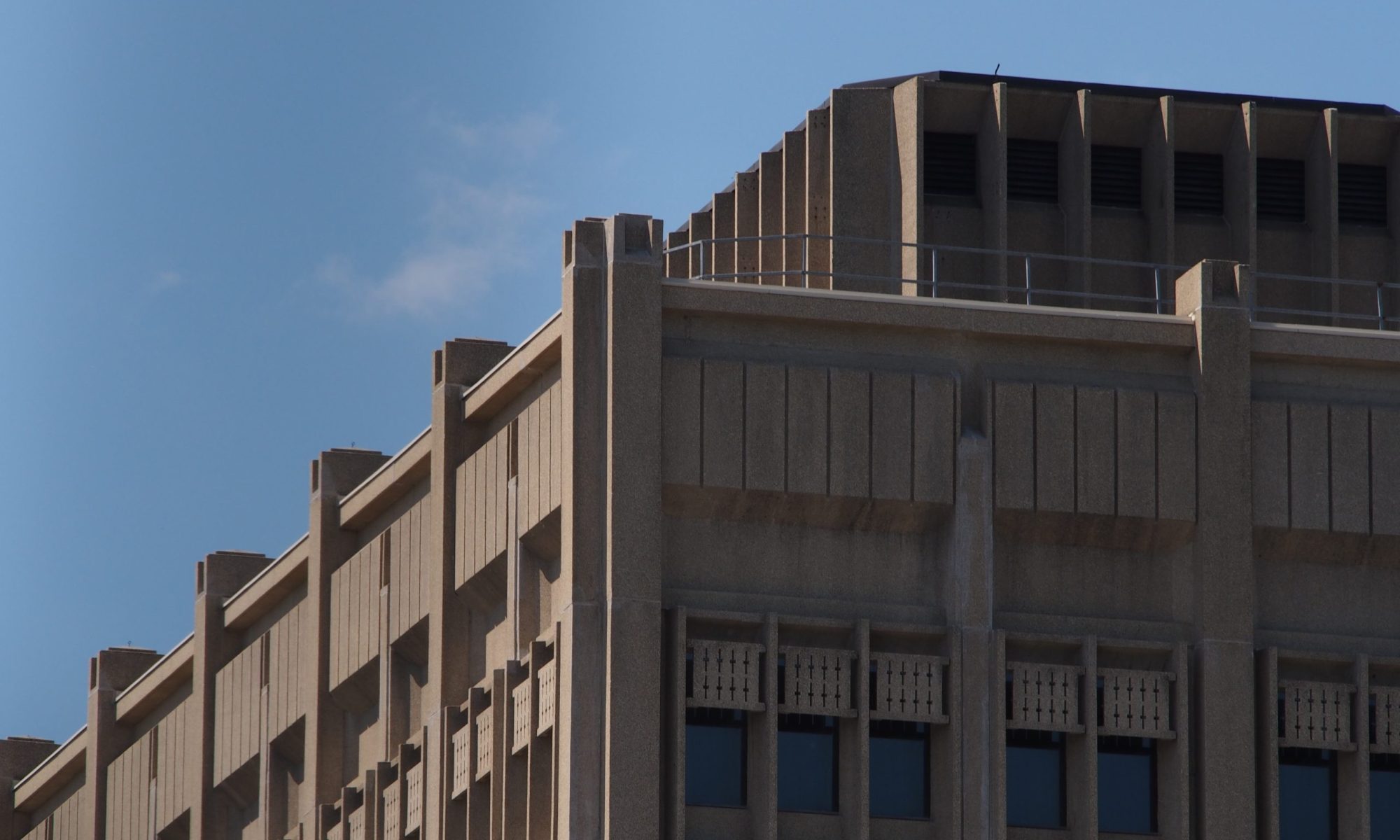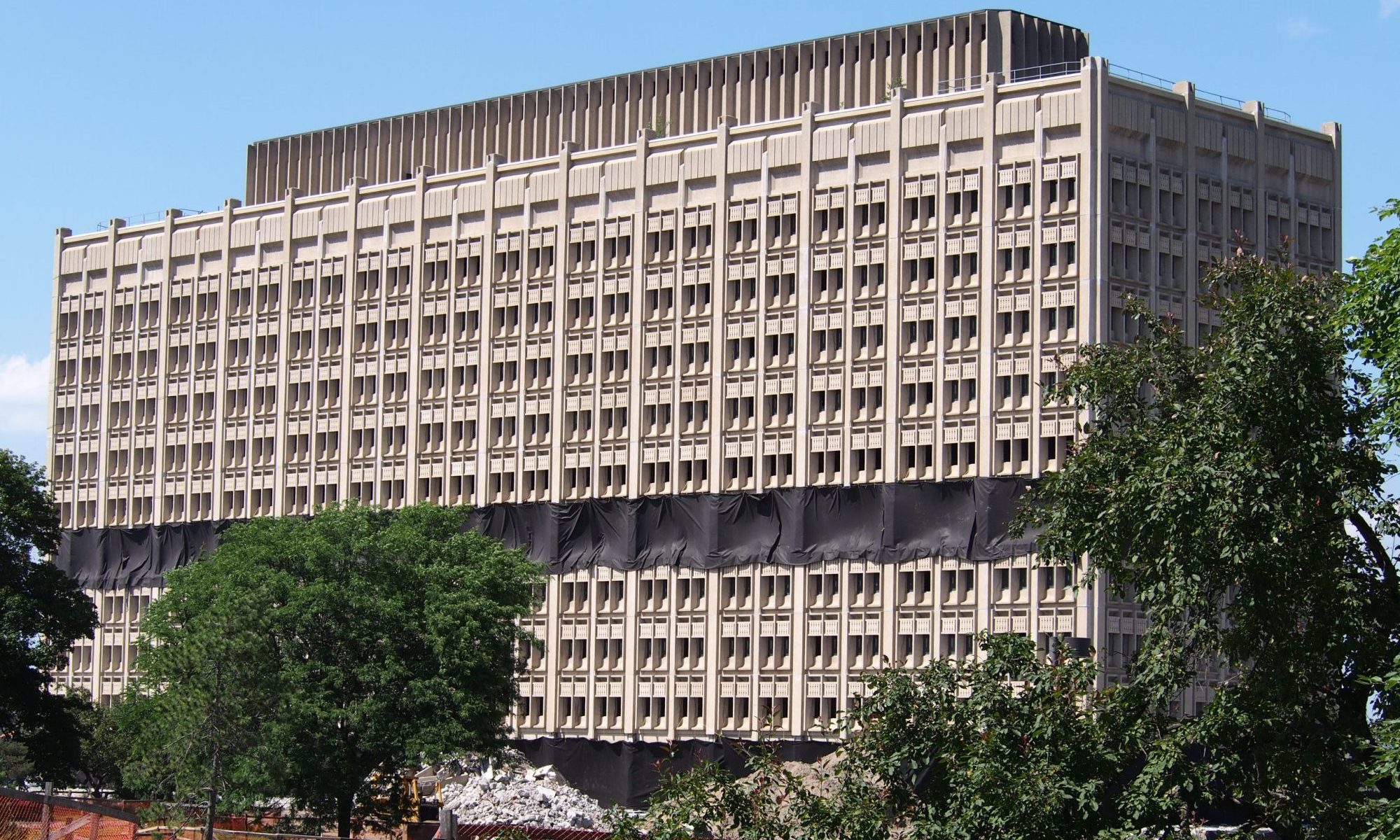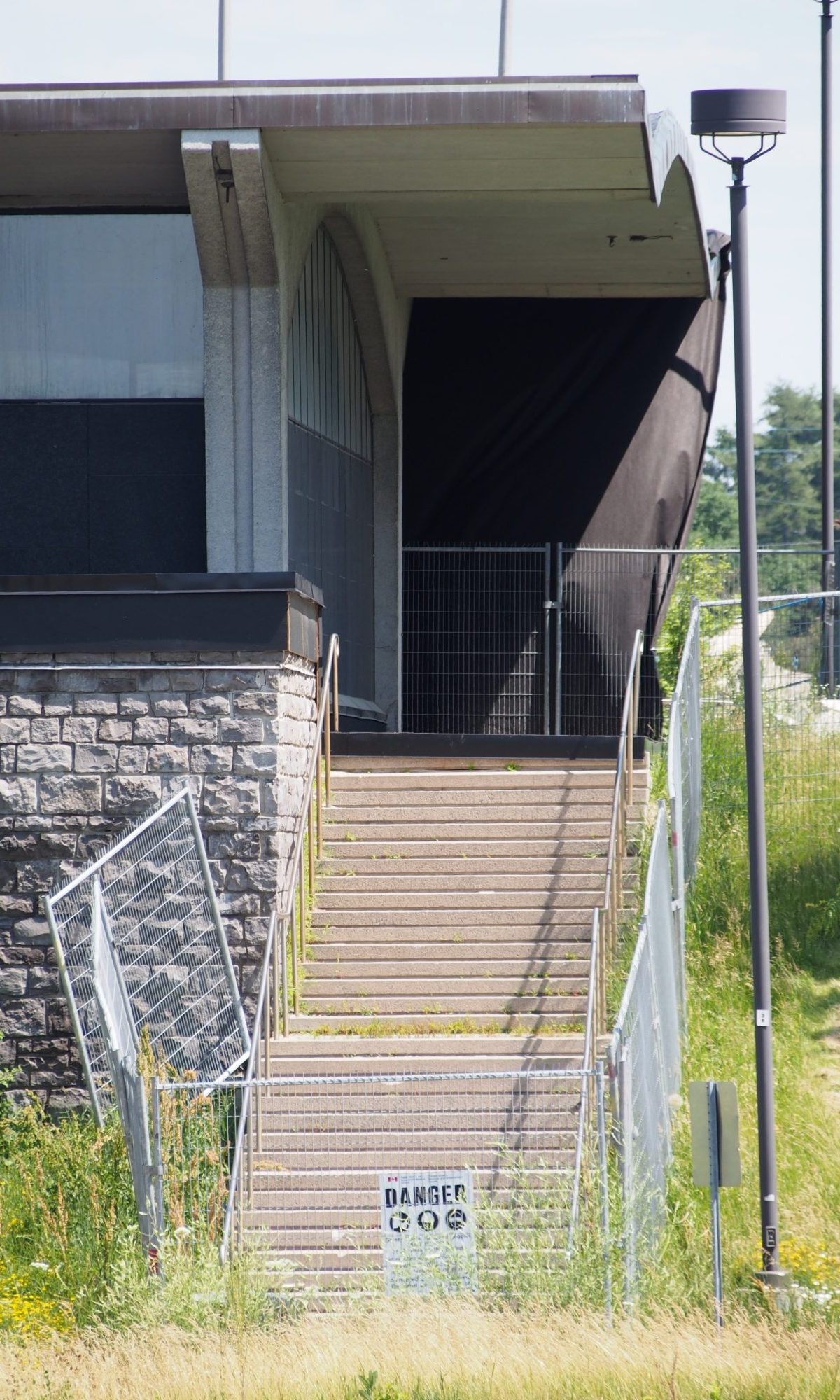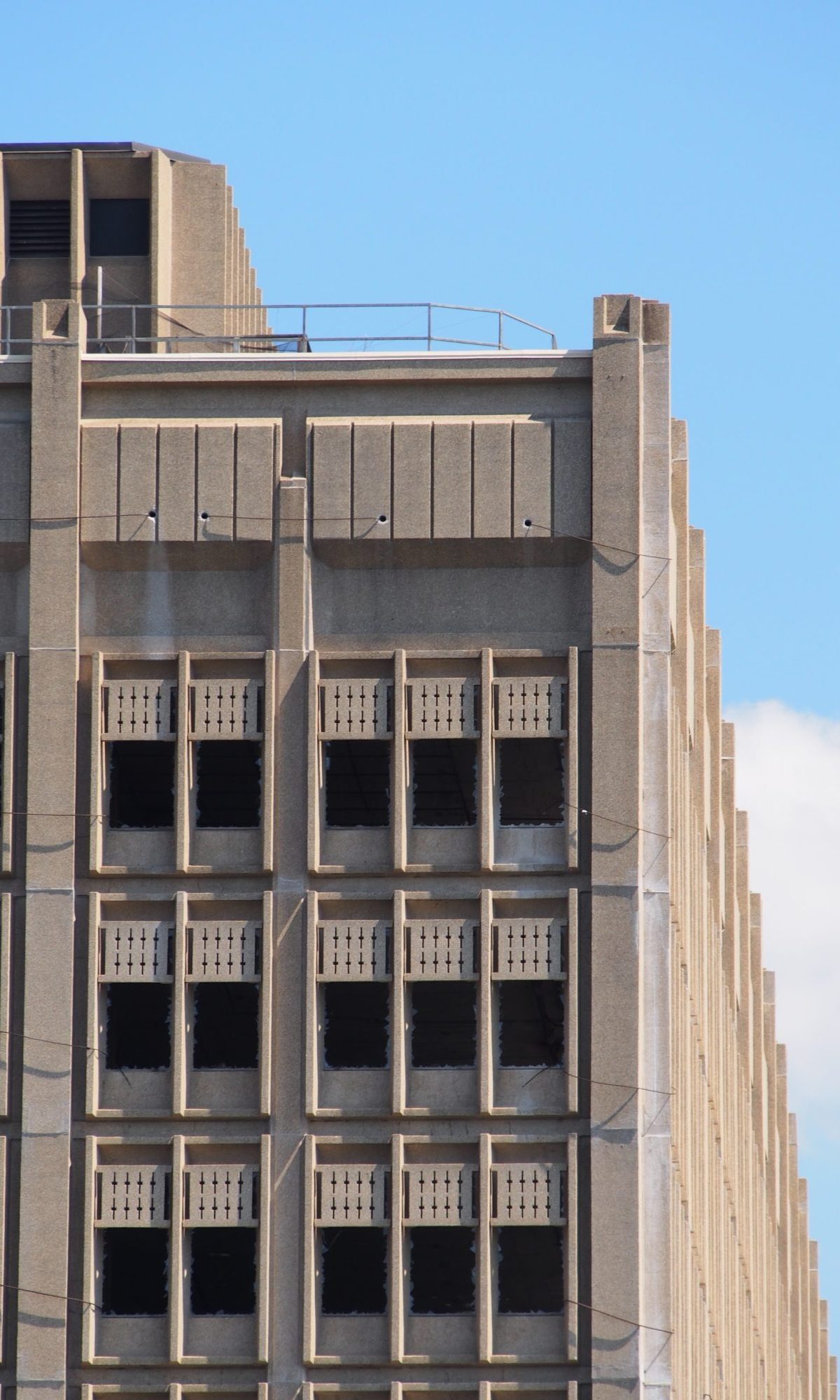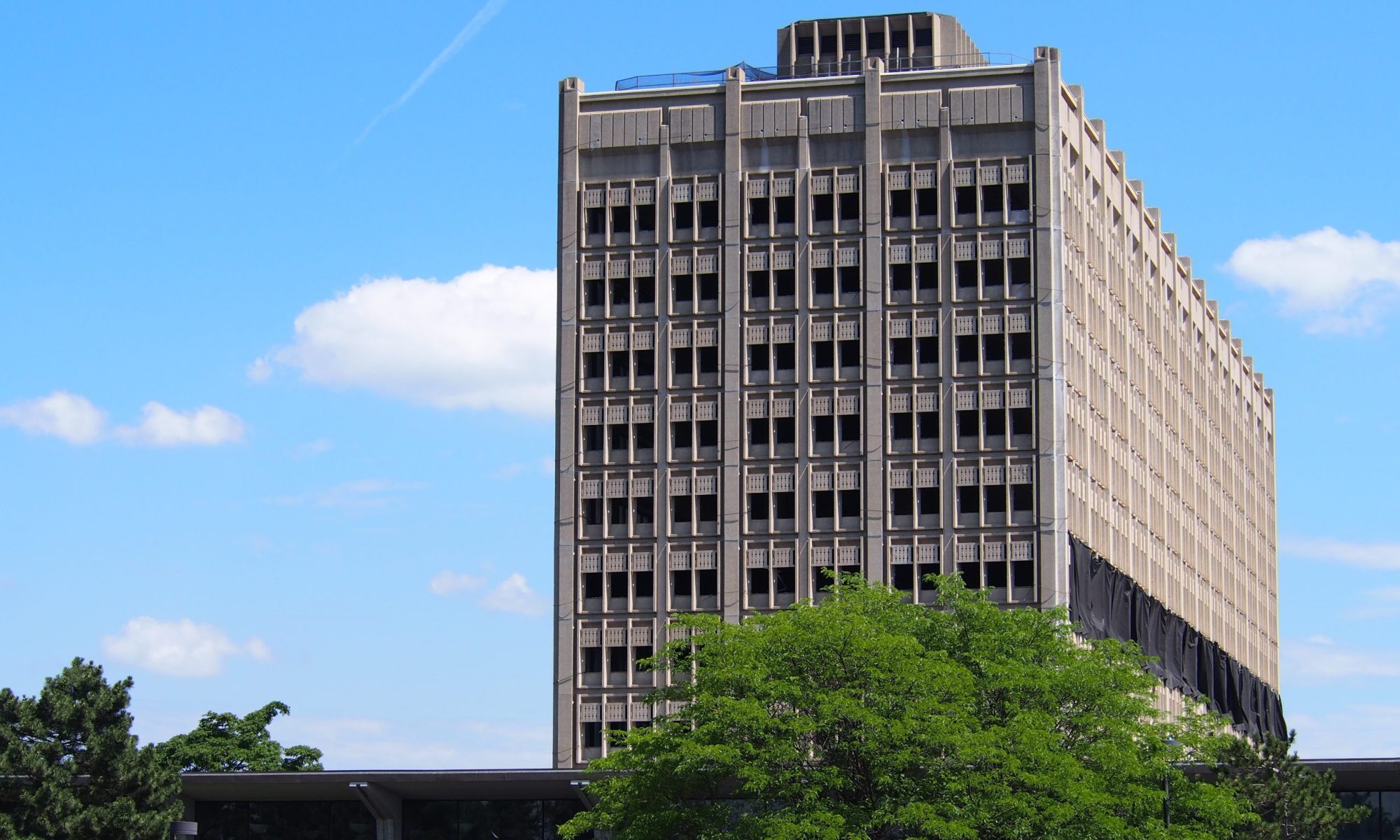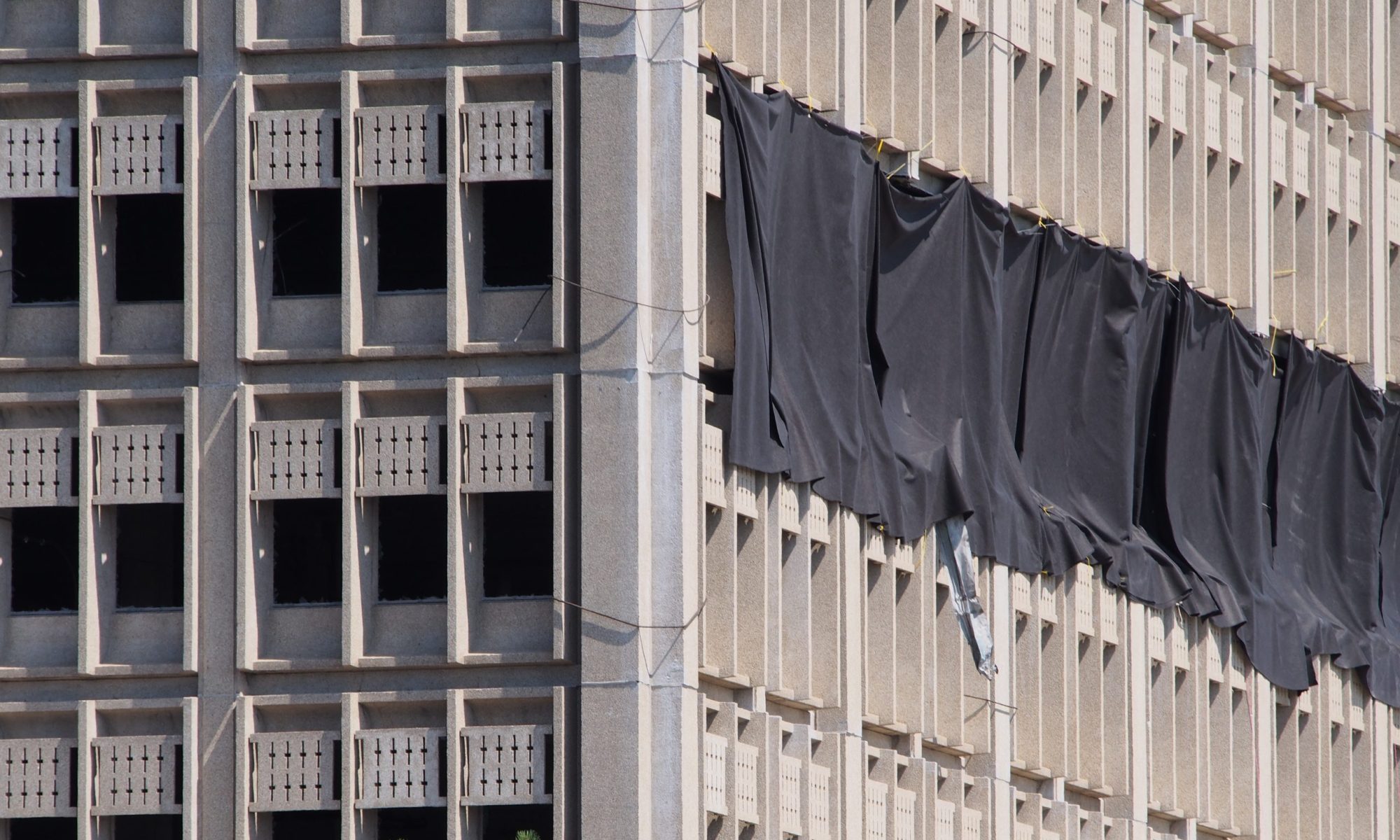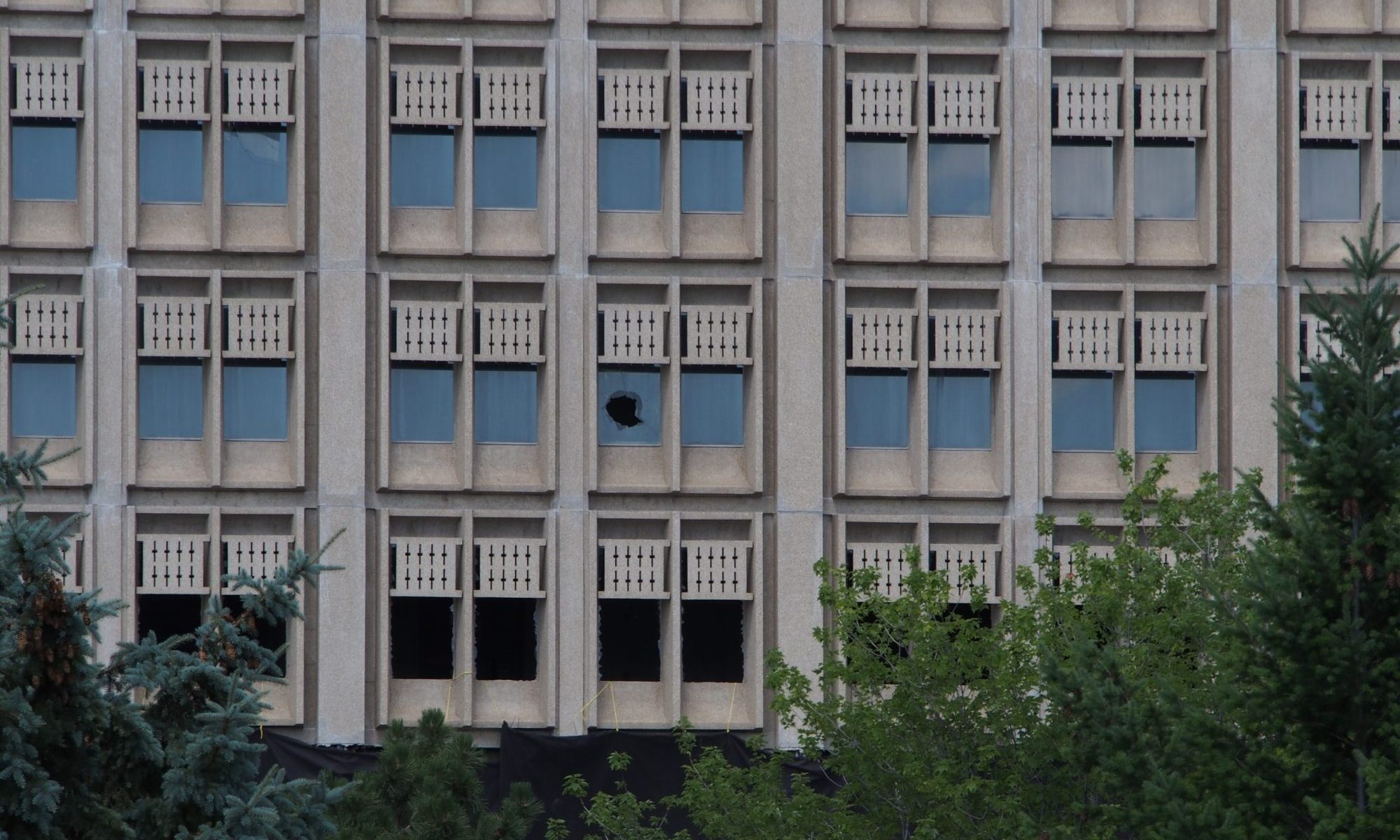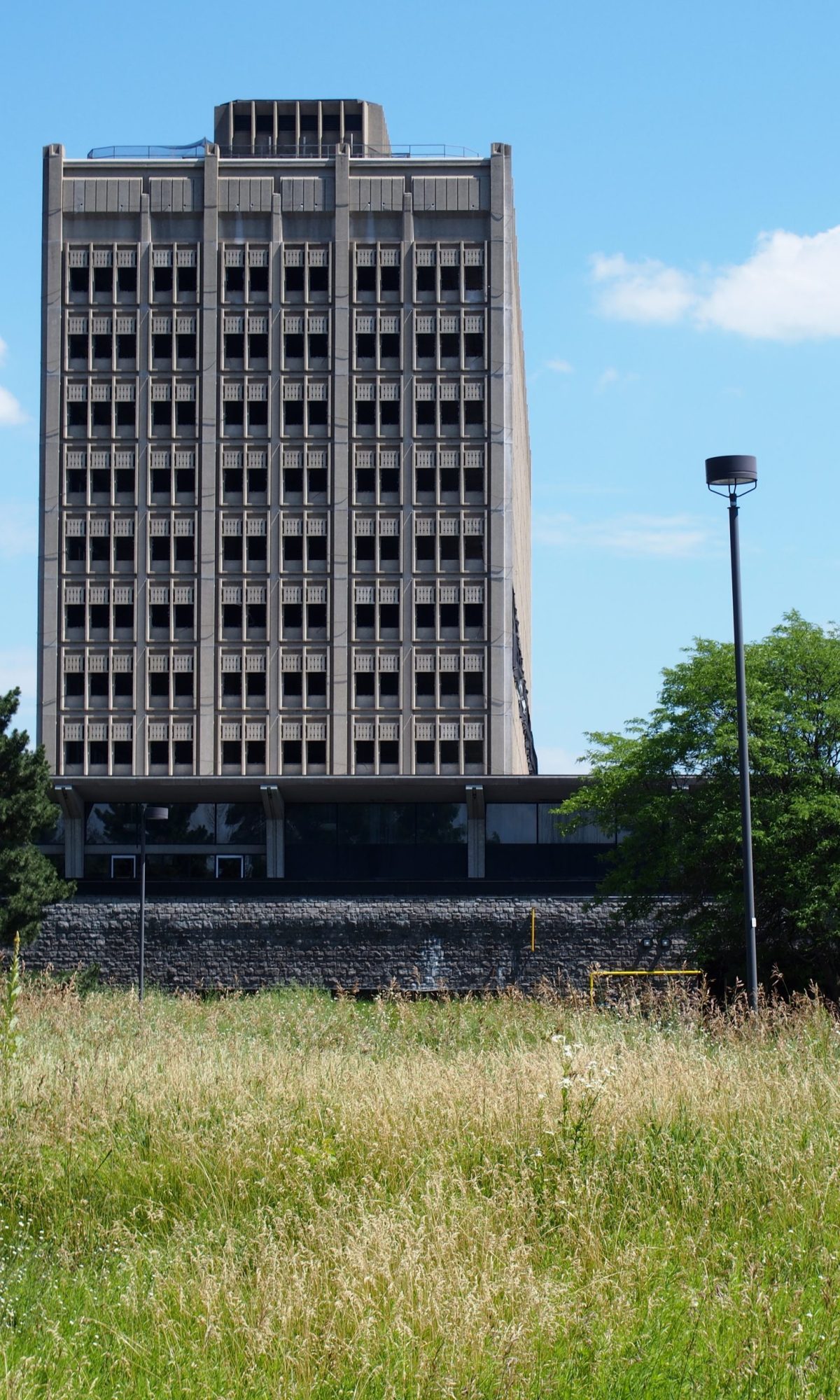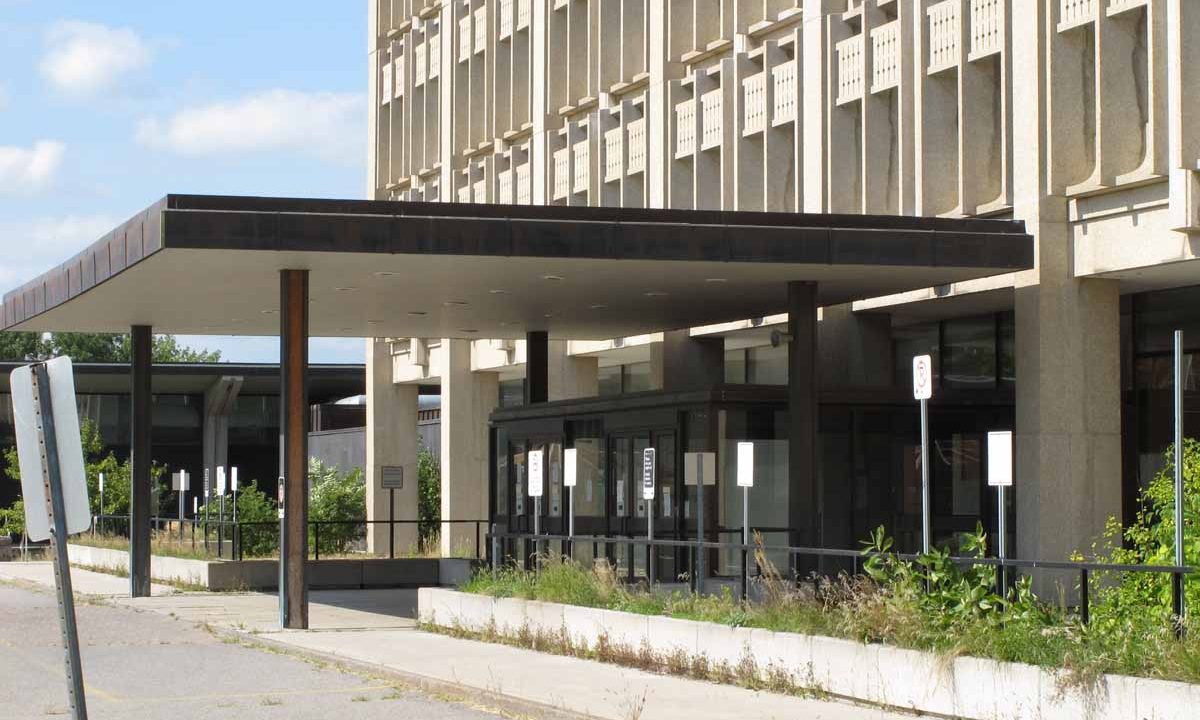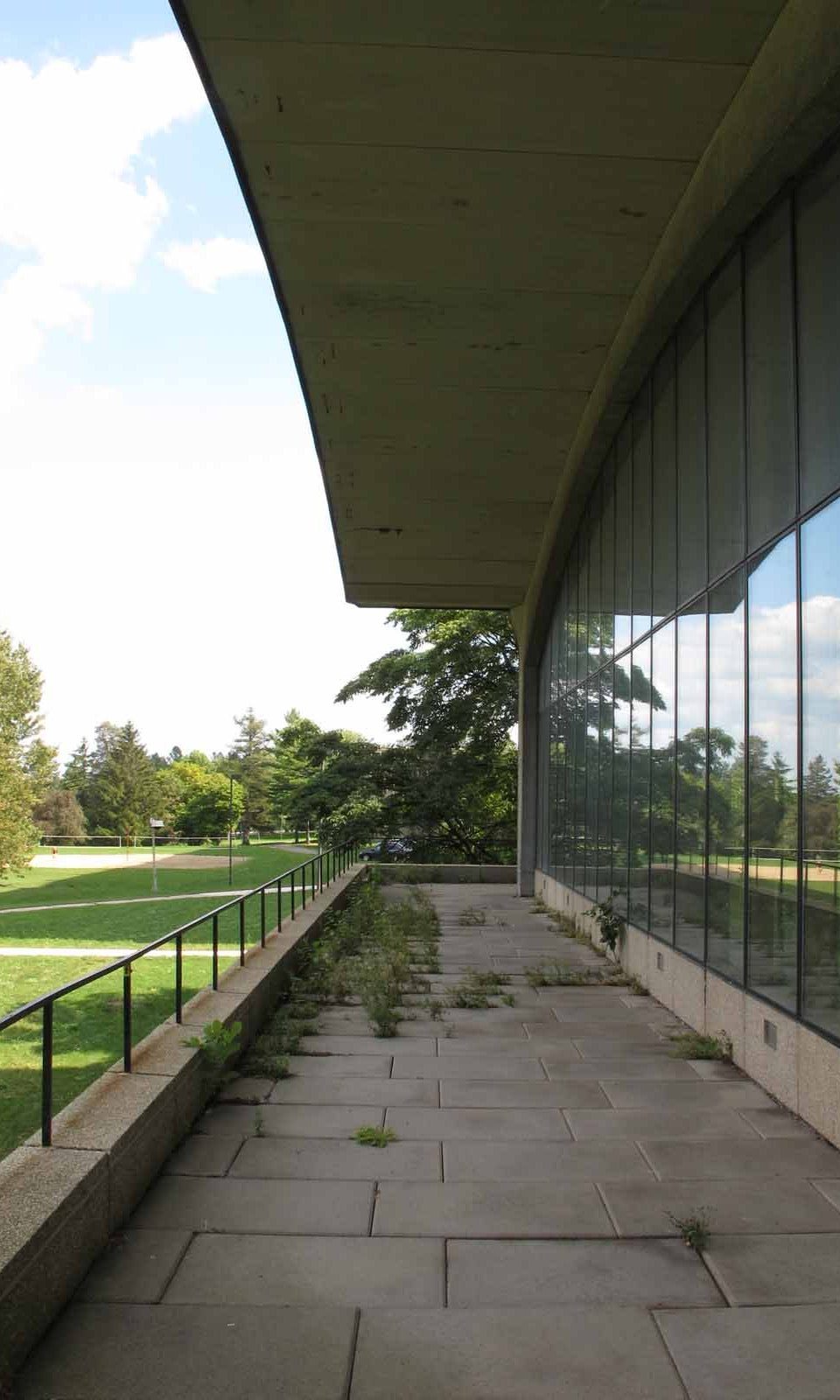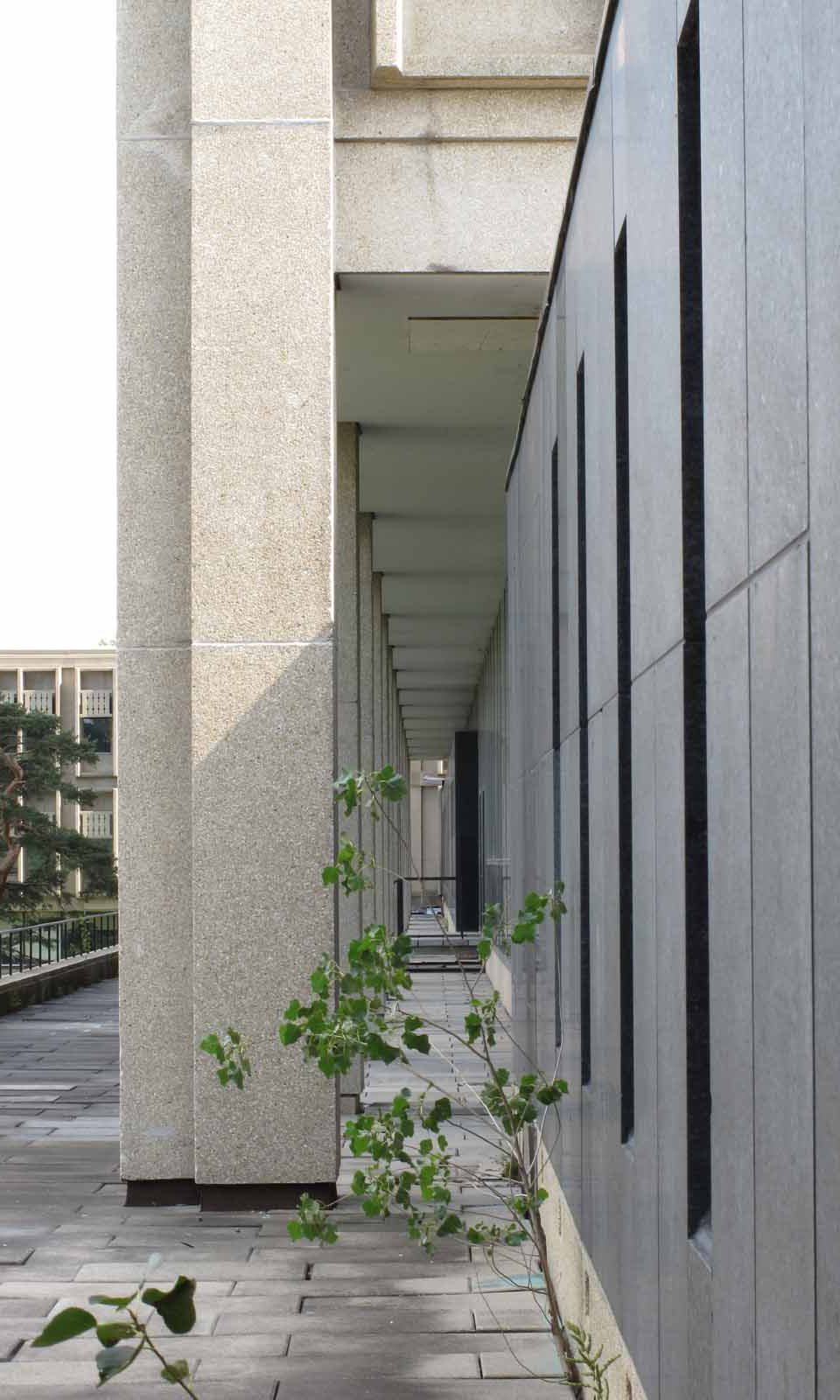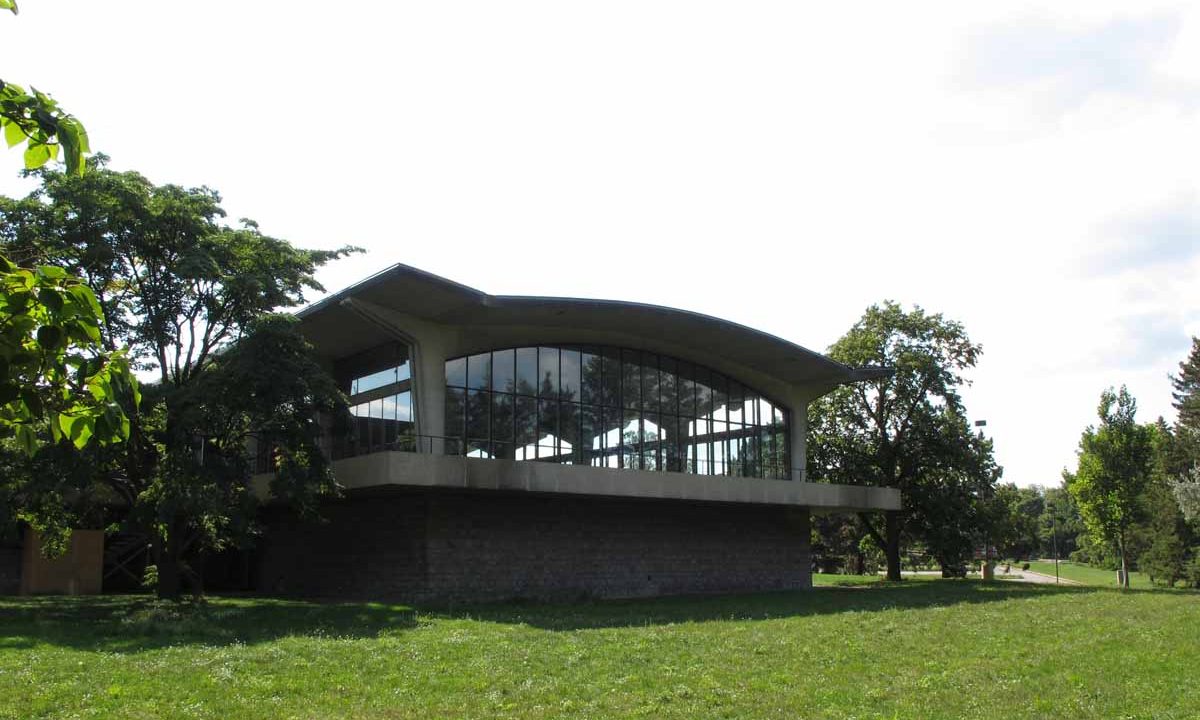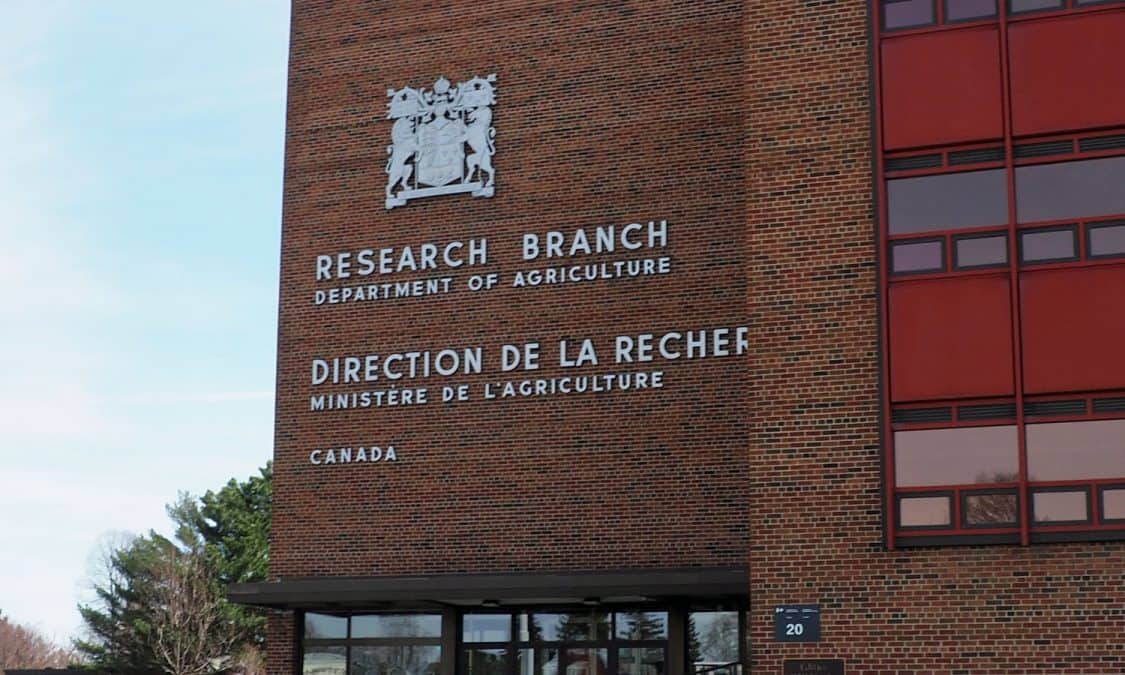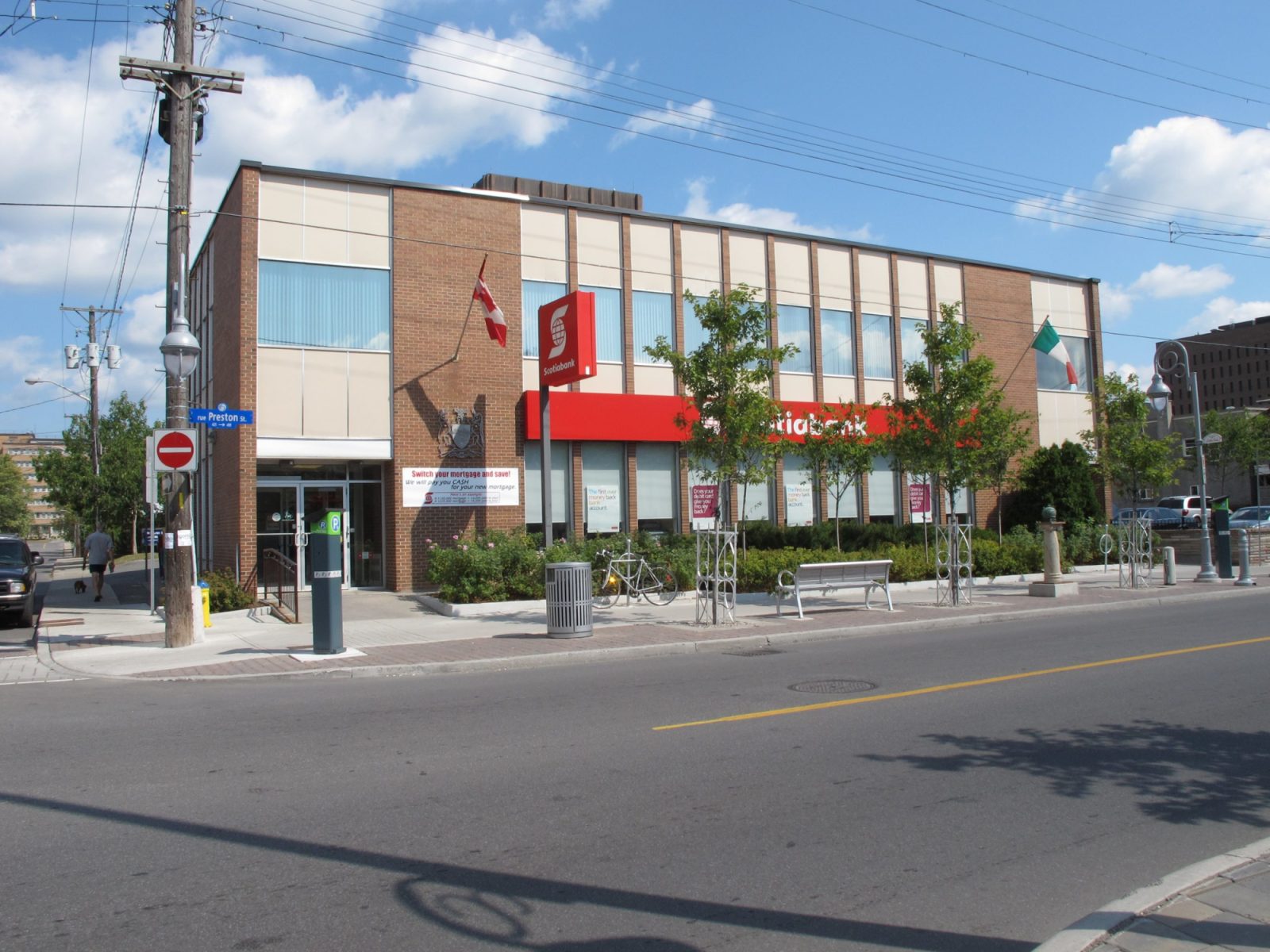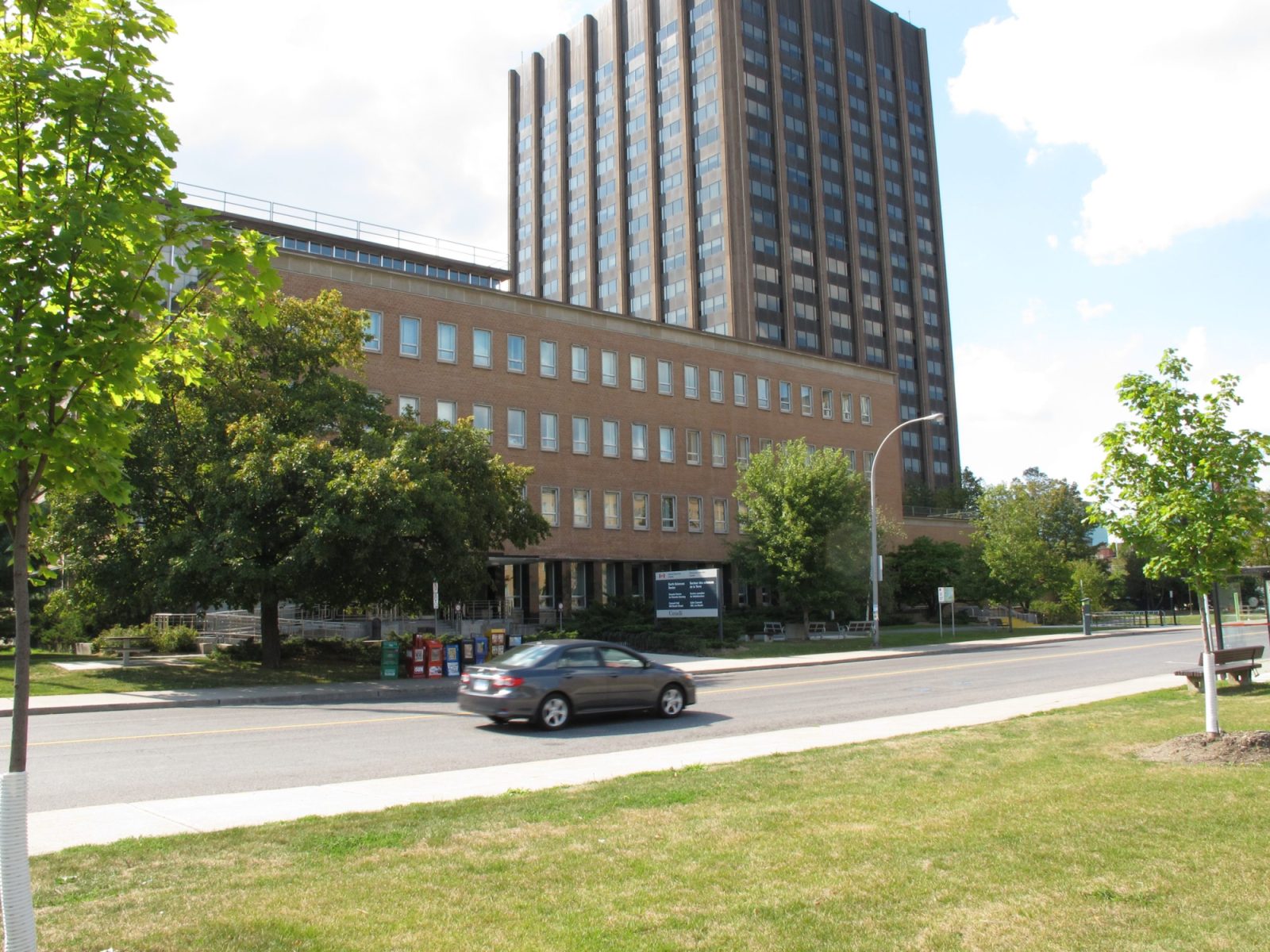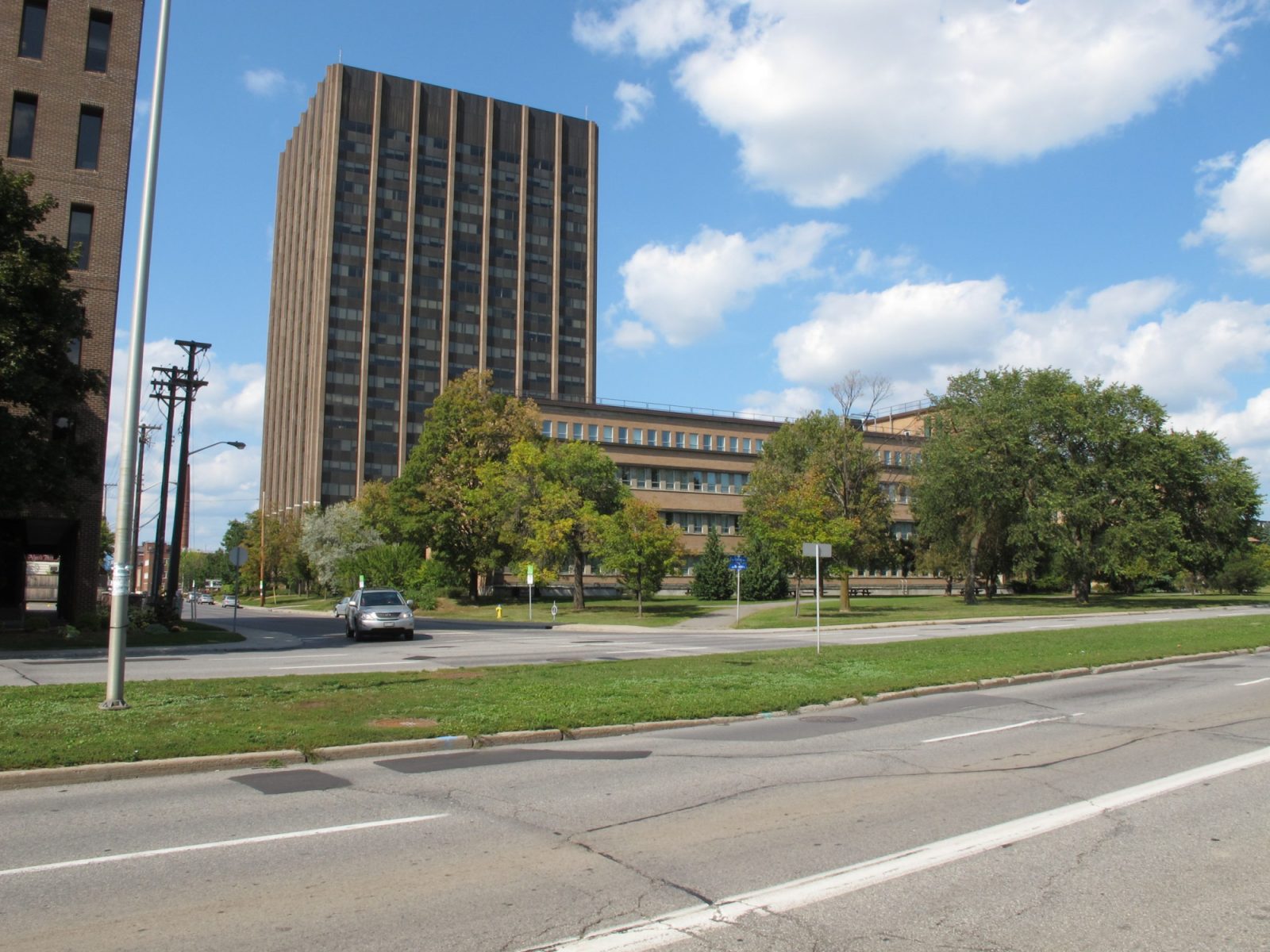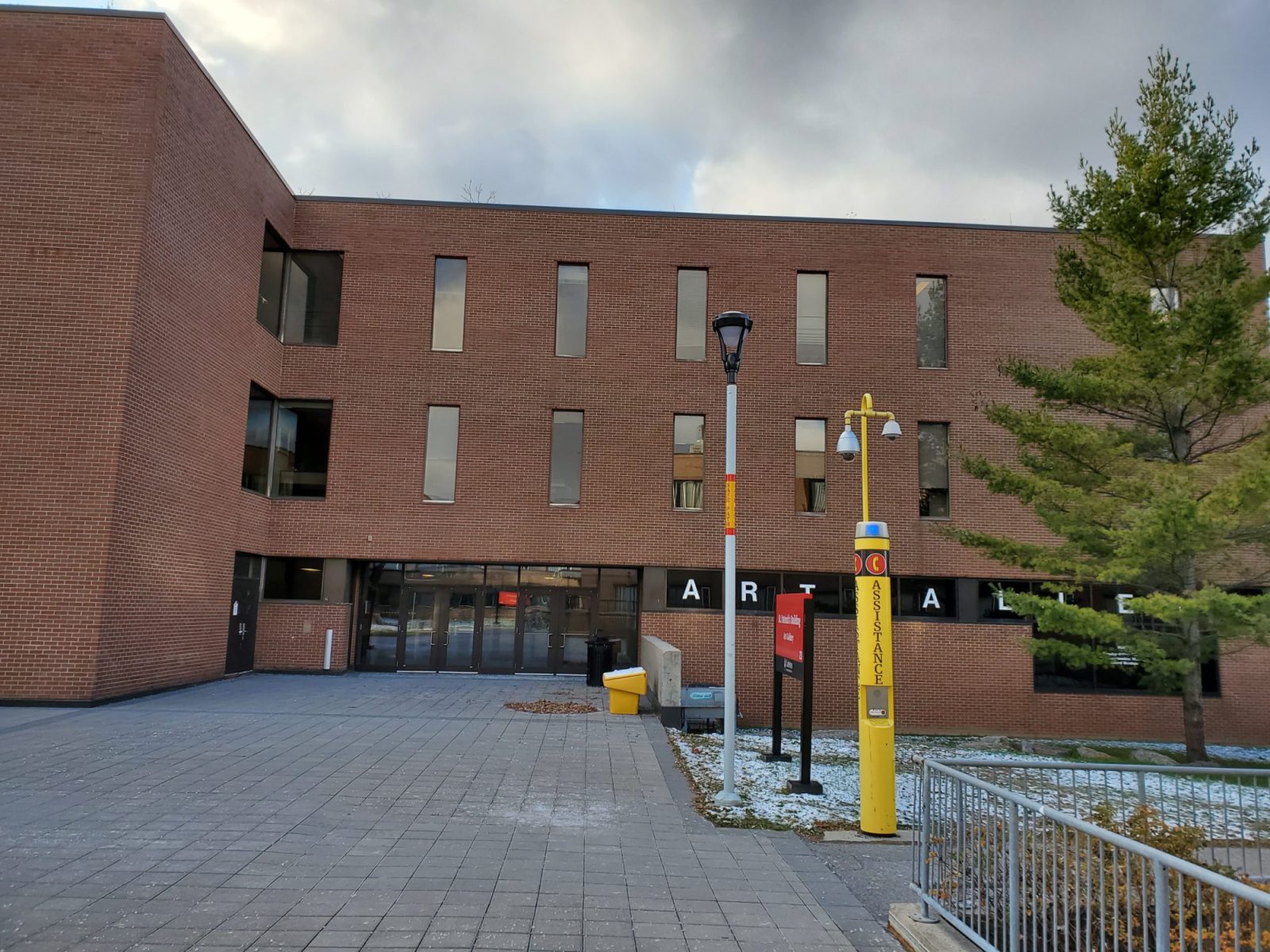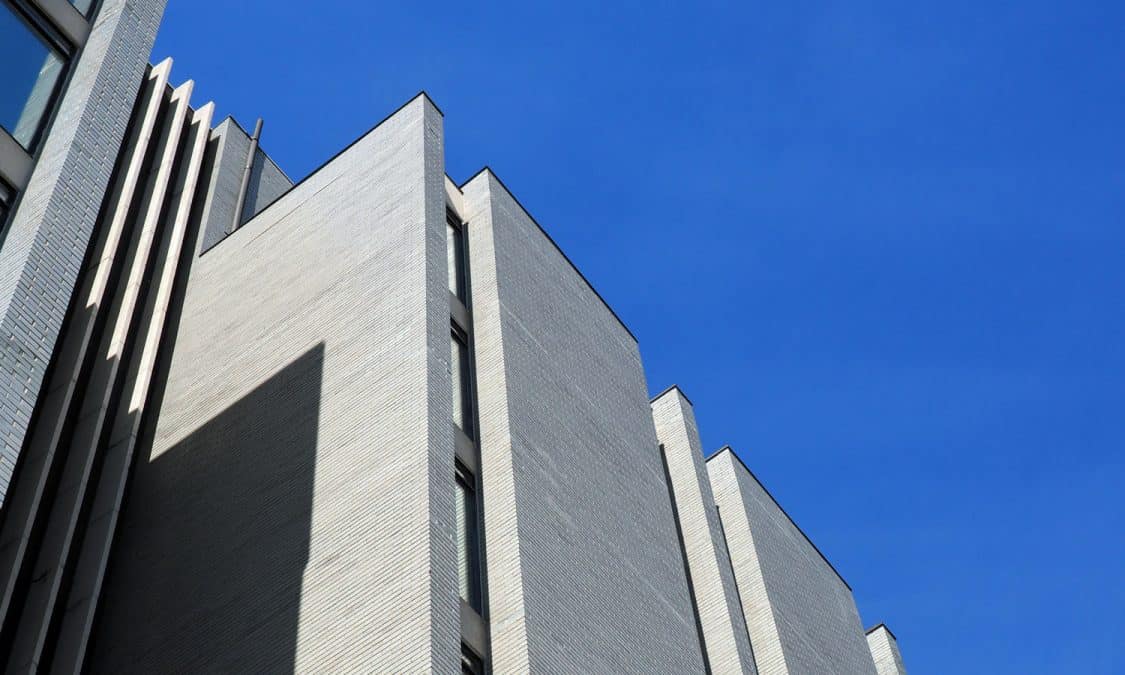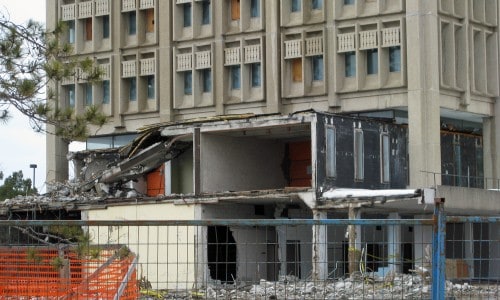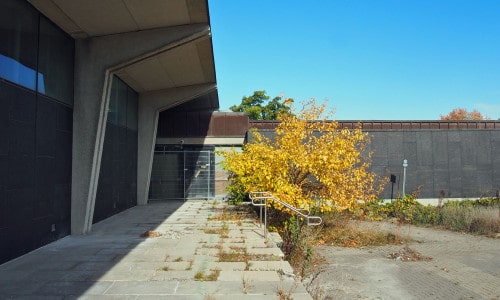Sir John Carling Building
Birch Drive, Ottawa, ON
Central Experimental Farm
Ottawa Inner Urban
Hart Massey
1967 - 2014
The Sir John Carling Building (SJCB), located on the Central Experimental Farm at 930 Carling Avenue in Ottawa, was designed by architect Hart Massey in 1963 and completed in 1967. The SJCB has a floor area of 40,064m² and consists of an 11-storey tower plus two basement levels. The east annex comprises a two-storey structure with two basement levels, while the single-storey west annex formally housed the cafeteria.
The Sir John Carling Building had served as the headquarters for Agriculture and Agri-Food Canada (AAFC) from 1967 to 2009, when it was determined that the building had reached the end of its life cycle. The asset has been vacant since AAFC and the Canadian Food Inspection Agency relocated their headquarters to the Skyline Office Campus in 2010.
In 2004, the Federal Heritage Buildings Review Office (FHBRO) designated the SJCB as a “recognized” federal heritage building, noting its historical associations, and its architectural and environmental values. The building is a good example of the modernist architectural style of the middle part of the 20th century.
–From the PWGSC web site

